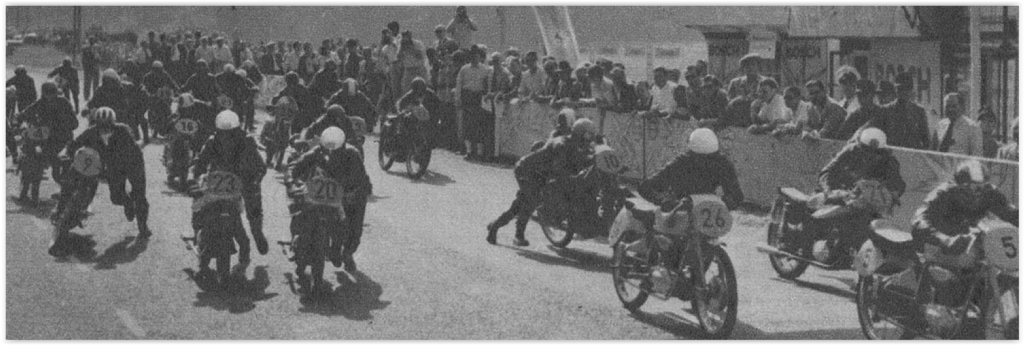
Rudi Felgenheier – the first German 250cc Grand Prix winner
German two-wheeler heroes such as Ewald Kluge, H.P. Müller, Werner Haas, Horst Fügner or Georg “Schorsch” Meier from the times shortly before or after World War II are still well known to many motorsport fans today. If you don’t know them, you will find very detailed and richly illustrated information about many of them in our history section on this page. But how about Rudi Felgenheier? Actually, a motorsport driver should become immortal when he becomes the first GP winner for his country in the quarter liter class. But this is by no means the case for the German born on November 20, 1930 in the Horchheim district of Koblenz. That’s why we pay tribute to him and his achievements with this report on our website.

The beginning of a far too short racing career
According to the few records that still exist, Rudi Felgenheier’s career started in 1950. However, since he can already be found in the result lists of the German championship up to 125 cm³ that year, this can hardly be true, as mentioned in the wiki, for example. First you had to earn your first spurs in the so-called ID card category before you could get involved with the best and thus licensed drivers. We found his name mentioned several times in our huge archive, at least from his first year with the licensed drivers. After that, he was to remain loyal to the DKW make and soon after received a works machine. After the war, there were only a few more years of production for DKW motorcycles in Ingolstadt, while in Zschopau the remains of the former factory halls continued to be used for production under the name IFA (later MZ). There, in the 1930s, DKW became known as the world’s largest motorcycle manufacturer. The first GDR series was therefore also based on the brand’s pre-war model RT 125.



The breakthrough in 1951
The German championship of this season began with the so-called Eifel race. However, the eighth liter class started for the first time at the Feldberg race, which Rudi won. He won in front of the former Auto Union works rider H. P. Müller after having stopped 9 laps. There were actually ten of them planned, but that could not matter to Felgenheier with his first and unfortunately last win of the season. As in the previous year, the only 21-year-old from Rhineland-Palatinate had obviously impressed those responsible at DKW sufficiently. Therefore, in the following year, as a member of their works team, he was to ensure the most important success in the world championship for the Ingolstadt company in its unfortunately much too short post-war history. Because at that time only the first three to four of the rankings were published, it can no longer be determined with certainty what results Rudi had achieved in the 1951 season in addition to his opening win. However, this does not change anything about his final breakthrough this year.


The ups and downs of his most successful season
For Felgenheier, 1952 was a season with many highs but also lows, such as the Feldberg race on June 15 of that year in the Taunus mountains. As last year’s winner in the smallest class, the 21-year-old man from Koblenz-Horchheim started in the 250 cc class this time, but missed the checkered flag as a result of a fortunately minor fall. His DKW works colleague Karl Hofmann did not fare so well with a concussion and a broken arm when he took off in a sharp left-hand bend. It was even worse for Horst Herrmann, who was only 23 years old. The man from Stuttgart died in a fall on the second lap of Friday practice after the so-called jump hill on the 11.576 km long track with a total of 37 bends. For Rudi, despite his luck in misfortune, it was to be the last appearance in the Taunus, but of course he could not have guessed this at the time.

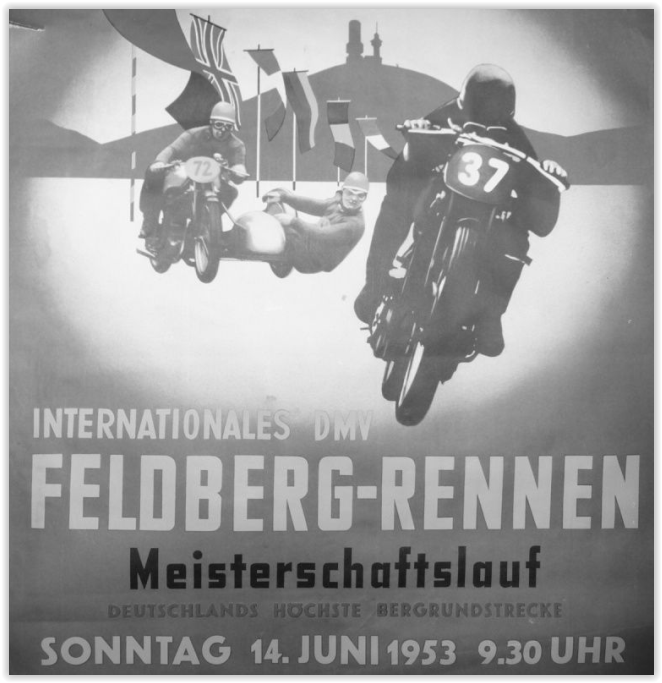
Rudi’s second great triumph – 1952 at the Sachsenring
Competing on the traditional track in the former GDR was a unique experience for all pilots, regardless of whether they came from the West or from behind the Iron Curtain. As early as 1951, Felgenheier competed on the difficult course in Hohenstein-Ernstthal, at that time in the eighth liter class and with the number 168 on his DKW at 9:30 in the morning. This time he had start number 116 on his 250 cc DKW and the pilots were even sent into the race at 9 o’clock in the morning. After his West German brand colleague Ewald Kluge was still in the lead in the first lap, it was Rudi who ultimately came out on top. He completed the 12 laps in 53:18 minutes and thus an average speed of 124 km/h, which was an excellent value on the street circuit at the time. In 1950, Fritz Riess from Nuremberg was hardly faster than the Koblenzer on his record lap in sports cars up to 2000 cm³. After Felgenheier had benefited from the bad luck of some opponents in his Grand Prix victory on the Solitude, the success in Saxony was the final confirmation of his driving class.

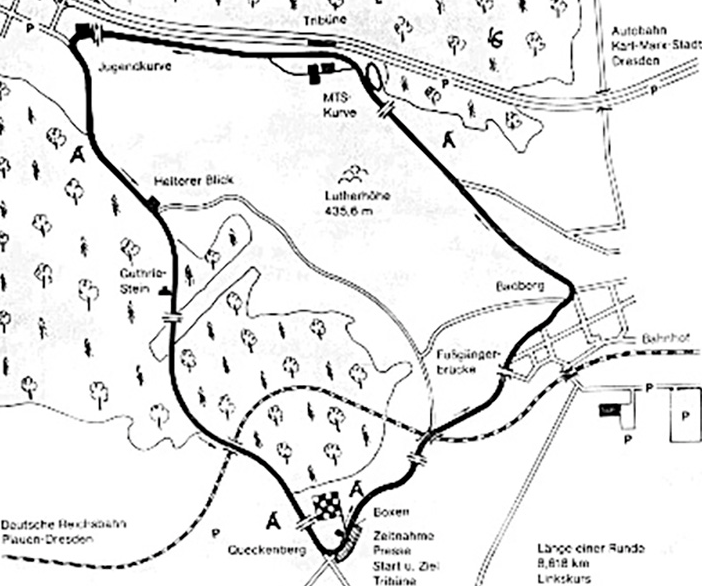
A mixed ending to Rudi’s breakthrough year
Rudi Felgenheier should still get his chances this year despite the rain on the city of his first big success on the Feldberg. In addition to the sensation on the Sachsenring, he still managed to finish second behind NSU works driver Werner Haas in his 250 cc DKW in the final of the DM (German Championship of the Federal Republic of West Germany). Added to this was a fifth place on September 7th in Munich at the 3rd Riemer circuit race, where he was initially on P3. But then Thorn-Prikker was overtaken by the “long Hein” and crashed in the airport curve. However, he got back up and at least saved fifth place to the checkered flag.

The early career end at the Tourist Trophy
NSU had upgraded and the company from Neckarsulm was now really starting to take off with its four-stroke engines. Almost out of nowhere they had suddenly joined the world elite with Werner Haas and the young Austrian Rupert Hollaus (see our history for more about these two) and the Italian brands such as Moto Guzzi, Morini and MV Agusta were just as astonished as the English about them German pilots and the performance of their brands. In 1939, this and its predecessors had won the majority of the races of the then European Championship before a senseless war interrupted racing for many years. For the 1953 season, DKW relied primarily on Siegfried “Sissy” Wunsch, August Hobl and Karl Hofmann. The last two should get the coals out of the fire for the Ingolstadt company, especially in the 350 cc class. Instead of a compressor, which had meanwhile been banned for their two-stroke engines, they relied on a rotary valve control for the mixture supply.
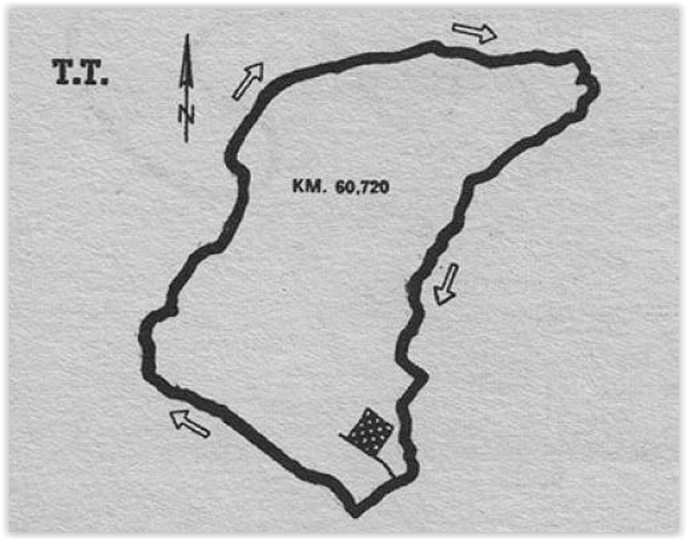
The last mission of the first 250 cc world champion from Germany
Rudi Felgenheier with start number 115 was already registered by DKW for the Solitude race on June 21, 1953, but he was not to compete again. A serious fall while training for the TT ended Felgenheier’s career prematurely. The then only 22-year-old then founded a mechanical workshop in Lahnstein. At the beginning of June 1953, no fewer than four drivers lost their lives on the Snaefell Course. The following are their dates of death, names and place of death:
| Date | Name | NAT | Category | Manufacturer | Where, Age, TT Victim No. |
| 12.06.1953 | Geoffrey “Geoff” J. Walker | AUS | 500 cc | Norton | Kerrowmoar, 23, 46 |
| 12.06.1953 | Robert Leslie “Les” Graham | GBR | 500 cc | MV Agusta | Bray Hill, 42, 45 |
| 08.06.1953 | Thomas Walter Swarbrick | GBR | 350 cc | Norton | Kirk Michael, 29, 44 |
| 08.06.1953 | Harry L. Stephen | GBR | 350 cc | Norton | Bishhop’s Court, 37, 43 |

Unless otherwise stated, this applies to all images (© MotoGP).
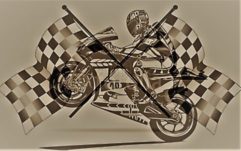
No Comments Yet